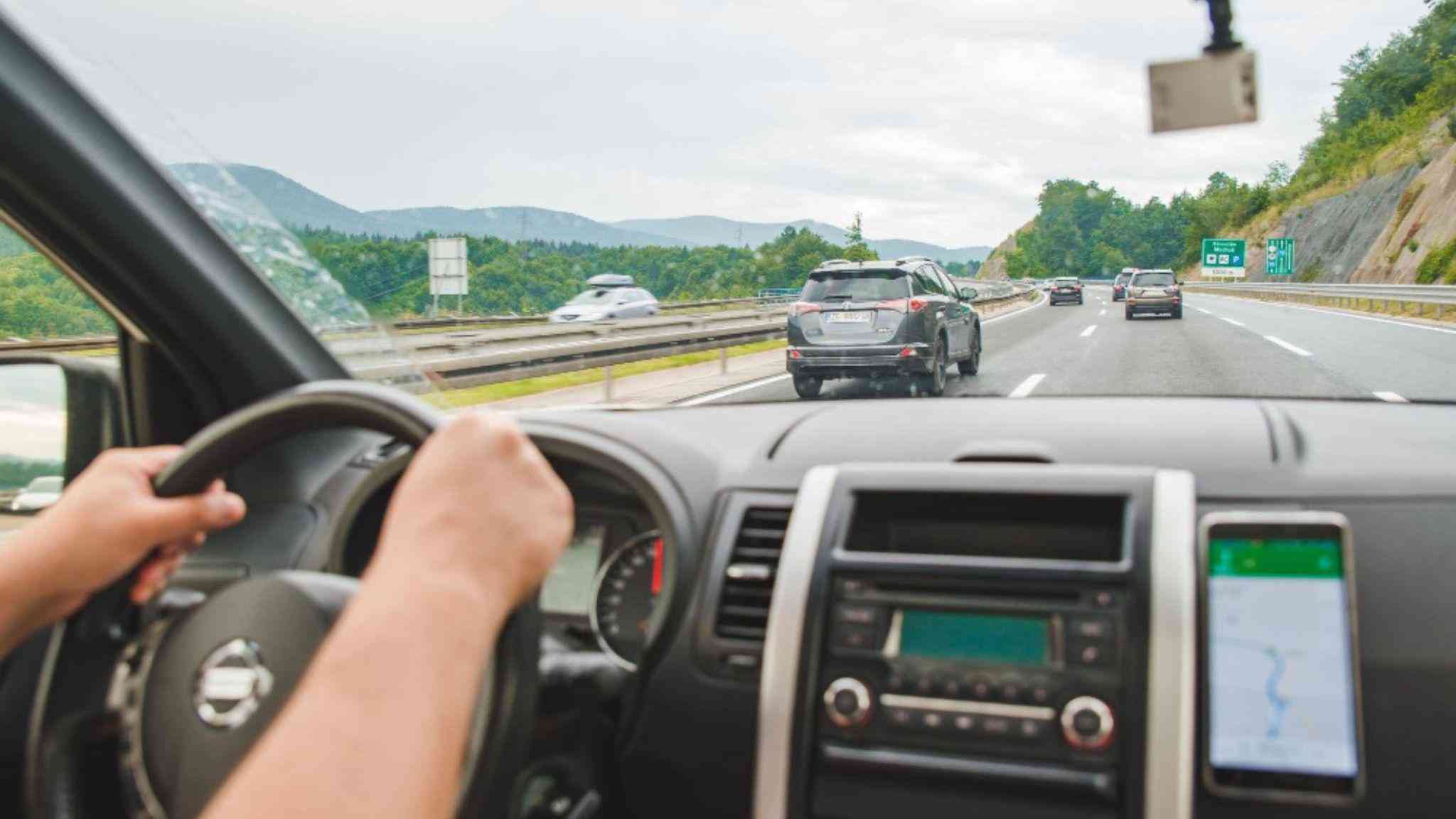
The future of car safety is looking brighter in South Africa, with new technologies and innovations making vehicles safer and more advanced each year.
Imagine being able to relax during your commute as your car automatically adjusts its speed to avoid collisions and keep you safely in your lane. Or knowing that special airbags will deploy to protect pedestrians in case the unthinkable occurs.
As we look ahead to 2024, several exciting car safety features are on the horizon that will become more widespread and potentially even standard in all new vehicles.
Advanced Driver Assistance Systems (ADAS)ADAS will continue to expand and improve in 2024 models. These active safety features use sensors, cameras, radar and other technologies to help prevent crashes by alerting drivers to potential hazards. ADAS features to look for include:
- Adaptive cruise control: Automatically adjusts speed to maintain a safe distance from the car in front. New versions can bring the car to a complete stop and accelerate again as needed in traffic.
- Lane-keeping assist: This function provides steering input to keep the car centred in its lane if drifting is detected without a turn signal on.
- Automatic emergency braking: Detects impending collisions and applies the brakes if the driver fails to respond to warnings. Newer versions work at higher speeds and also detect pedestrians.
- Blind spot monitoring: This uses sensors to detect vehicles in hard-to-see areas and alerts the driver.
- Rear cross traffic alert: Helps when backing up by detecting approaching vehicles the driver can't see.
Driving at night or in bad weather can be incredibly challenging due to reduced visibility. However, new night vision systems are being developed to dramatically improve a driver's view. These systems use cameras and sensors that amplify ambient light and can even detect pedestrians, animals, and objects based on their heat signatures in total darkness. Thermal imaging cameras that identify living things by their natural body heat are especially effective and may become more widely available in future models. This technology has the potential to significantly reduce accidents and fatalities that occur in low visibility conditions.
- Mavhunga puts DeMbare into Chibuku quarterfinals
- Battle of Zim abandoned
- Funding spurs mothers’ fight against malnutrition
- Stage design gets fans admiration
Keep Reading
Thanks to major innovations in collision detection sensors and autonomous emergency interventions, future vehicles will be far better equipped to avoid crashes altogether. More mainstream models may come equipped with seatbelt technology that pre-tensions seatbelts better to protect passengers in the moments before a crash. Additionally, external airbags that deploy on the exterior of the car to cushion the impact for pedestrians, cyclists, and other vulnerable road users struck by a vehicle could move from concept cars to production models. Together, these intelligent vehicle systems will help reduce the number and severity of road accidents.
Next-Generation Vehicle ConnectivityNew vehicles will increasingly connect with the world around them, able to wirelessly communicate with other cars, traffic signals, and transport infrastructure through vehicle-to-vehicle (V2V) and vehicle-to-infrastructure (V2I) technology. This enables vehicles to share important data like location, speed, and braking activity to coordinate movements better and avoid potential collisions. For example, a connected car could be notified that a vehicle ahead has suddenly braked hard and slowed down preemptively. The rollout of 5G networks will further power this connected vehicle ecosystem, opening up new possibilities for cooperative driving and accident prevention.
Intelligent Driver MonitoringInterior-facing cameras, sensors, and software inside vehicles will be able to monitor the driver for signs of distraction, drowsiness, or impairment by tracking head and eye movements. These intelligent driver monitoring systems can alert the driver if they look away from the road for extended periods or exhibit blink patterns consistent with fatigue. To enable monitoring without distraction at night, infrared cameras may be integrated to follow the driver's eyes and face even in the dark. With these assistants keeping an eye on the human behind the wheel, drivers will be less likely to endanger themselves and other road users due to inattention.
ConclusionAdvanced vehicle technology continues to evolve rapidly, potentially making driving much safer in the coming years. When shopping for a new car, look for modern safety systems like sophisticated ADAS features, improved night vision, advanced collision avoidance capabilities, vehicle-to-vehicle communication, and driver monitoring.
Platforms like ACKODrive play an important role in educating drivers about these emerging safety innovations. By providing the latest news and in-depth reviews of these technologies, ACKO Drive empowers motorists with the knowledge to identify the most critical safety features when purchasing their next vehicle.
As these innovative features move from luxury models down to standard vehicles, they will help reduce crashes and save lives on the roads.











